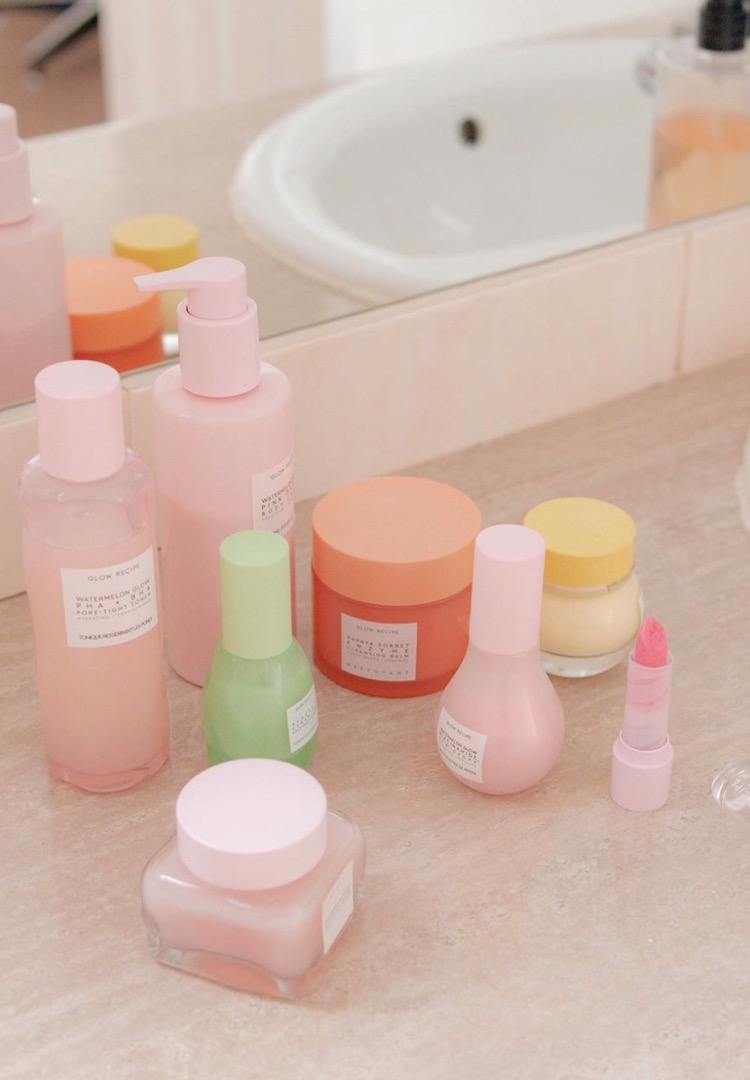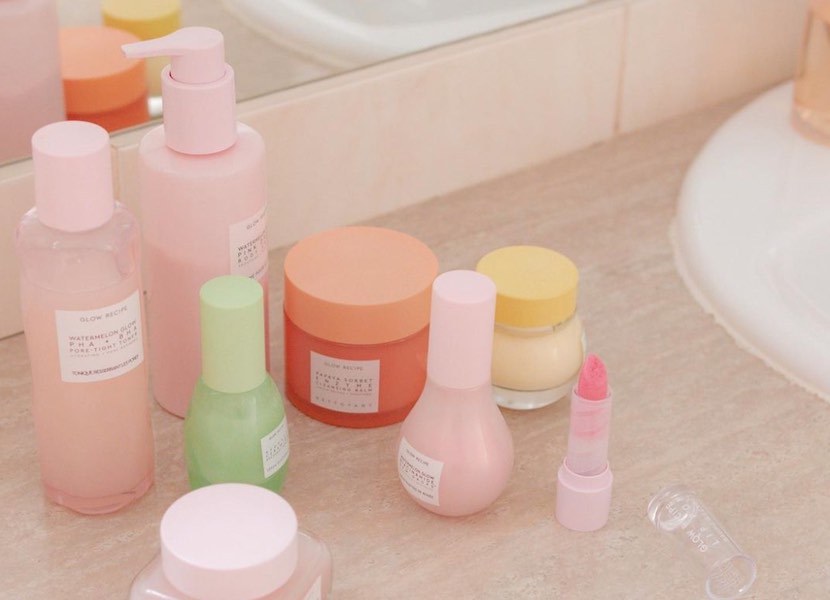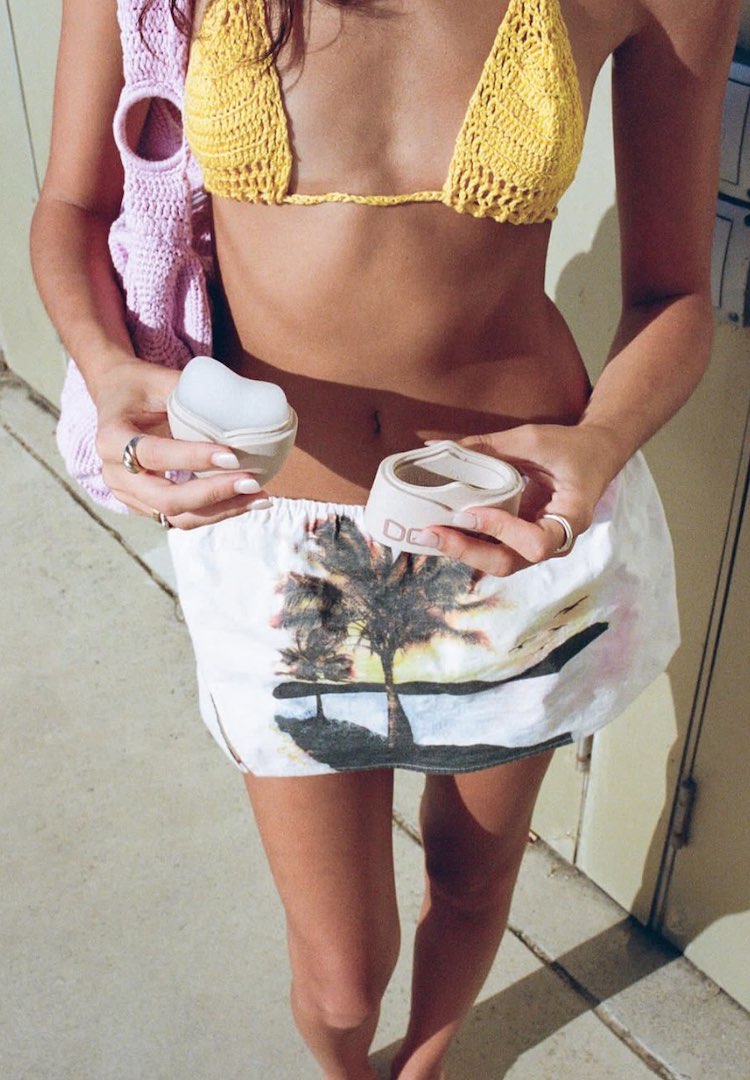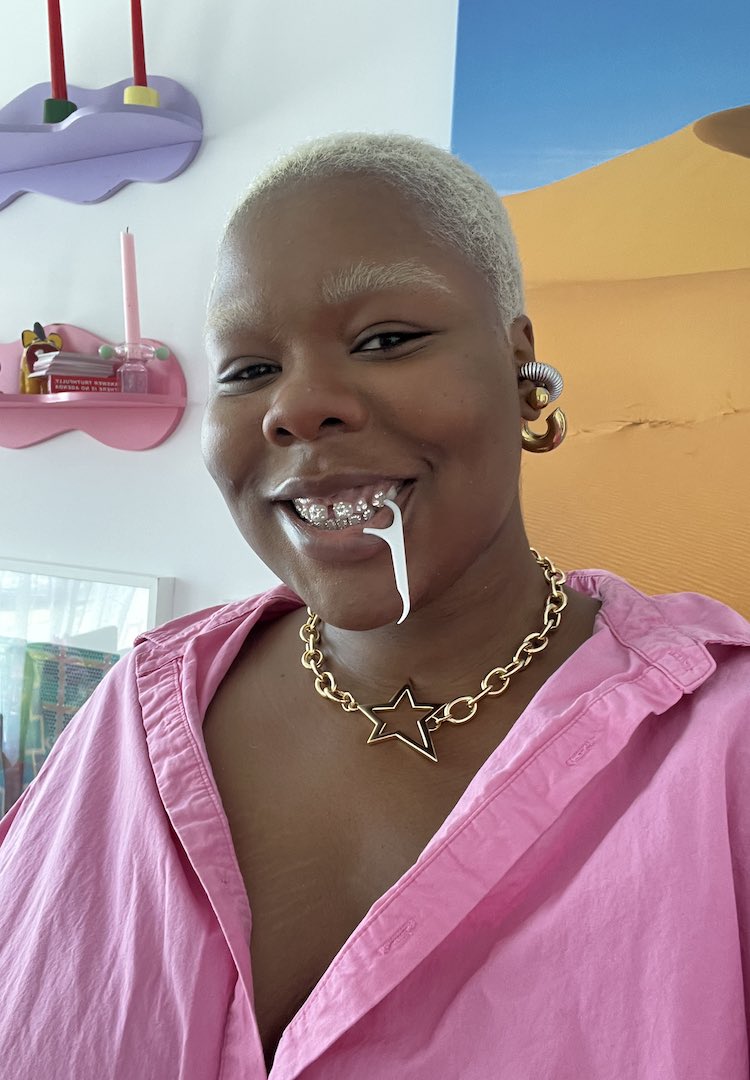A beginner’s guide to using facial oils
IMAGE VIA @MISS_HANNAH_E/INSTAGRAM
WORDS BY HANNAH COLE
Sorting fact from fiction.
Everywhere I look, every time I scroll, I am inundated with new beauty product recommendations and “must-haves”. I am just a mere mortal with hardly a skerrick of makeup and skincare knowledge, so I’m left with a brain anxiously trying to process the results. I need to be told exactly what to do, when to do it, and what to use.
The idea of facial oils appeals to my desire for beautiful, glowing skin – a natural remedy to soothe and create suppleness. But there are too many options out there and too little time.
We like nosy people. Don’t be shy, head to our Beauty section for more.
So, in my burning desire to finally understand the world of facial oils, I turned to the experts: Hannah English (scientist, consultant and beauty influencer), Ross Macdougald (cosmetic chemist and founder of Biologi), Alexandra Grima (co-founder of Foile) and Amanda Cummerford (beauty influencer). With this merging of the minds, surely I could get to the bottom of it.
How should I use facial oils?
Turns out, I’ve been doing it wrong. Ross breaks it down for me. “The best way to think about [using facial oils] is by putting your chemistry hat on and understanding that oil and water don’t mix. In fact, when applying an oil-based product to the skin, you do create a slight barrier or film over the skin that will stop water-based products from penetrating. That means if you were to apply a water-based product after an oil, you’d be wasting your money!”
Instead, simply apply your oil as the last step in your skincare routine, following moisturiser, but before SPF and any makeup.
Alexandra also recommends using your oil of choice as a cleanser or a nighttime addition. You may even integrate a facial massage or a gua sha. As she points out, it’s a soothing, meditative way to end the day. Amanda agrees, noting the luxurious experience as a relaxant.
A quick skin science lesson
Hannah graces us with some important skin knowledge to keep in the arsenal. There are three types of moisturising ingredients for skin: humectants (that attract water and plump the skin, but can also evaporate and take the water with it), emollients (that sit “between skin cells in the outer layers for a smooth feeling”), and occlusives (are thicker and work to help prevent water evaporating).
“By and large, facial oils are emollients, so they work to complement the existing oils in your skin and balance them out while helping your moisturisers to work; giving them a bit of extra oomph. Some oils are thicker than others, though, and thicker oils are better suited to drier skin types”
What should I look for in a facial oil?
With all the options available, each claiming to work magic on my sometimes-sad skin, the hardest part is choosing which to try – and then investing in a whole bottle. Naturally, this varies by skin type, budget and desired outcome (or how much time you’re willing to invest in your skincare routine, as Alexandra notes).
Ross recommends rosehip oil as a safe bet for lipid dry skin. “[It] is rich in natural oil, soluble vitamins and essential fatty acids that promote the skin’s internal hydration and protective processes to support healthy cellular turnover.” Rosehip oil also contains vitamin E, an antioxidant that supports cell function and overall skin health. As an influencer with dry skin, Amanda also notes sunflower, grapeseed, safflower and primrose oils as helpful tools.
For oilier skin, Alexandra suggests jojoba oil as it “works to balance your skin and mimics your natural sebum,” thereby avoiding clogged pores. Through the science lens, Hannah points out that breakout-prone skin requires a facial oil that will balance your skins natural oils, so seek oils high in Omega-6. These include milk thistle, hemp seed oil, evening primrose oil, cucumber seed, watermelon and prickly pear. “The key here is not to use anything too thick or heavy,” she notes.
All skin types can benefit from squalane, according to Hannah. “It’s found naturally in our skin and so, it just helps your skin do its job with minimal fuss.” She recommends Biossance’s Vitamin C Squalane Oil or The Ordinary’s Squalane (the more affordable option) as good starting points.
If your oil isn’t absorbing, leaves you oily and congested, or is causing other skin conditions, it’s not working for you. Try something else. Maybe you need to change the weight or differ your choice as the seasons change.
Avoid essential oils if you have reactive skin, and be alert that many oils make unwarranted claims. As Hannah flags, “Can a facial oil help make your skin feel more comfortable and hydrated, easing breakouts or flaky skin? Sure. Can a facial oil firm skin, get rid of wrinkles, cure acne and eczema, plus fade sunspots? Probably not.”
Does the limit exist?
Unanimously, all four of my interviewees holler: less is more! You may only need one oil in your routine to reap the benefits or, as Ross suggests, select your two favourites and use them on alternate days. “One single oil can do it all,” says Alexandra. “I would more spend time selecting the right one for your skin.”
All this noise – in my head, in my feed, on my screen – and I only need one. Facial oils are not so tricky after all, only a commitment to giving them a red-hot go.
Want more facial oil recommendations? Head here.










